My wildlife habitat in the sky!
jenny_in_se_pa
18 years ago
Related Stories
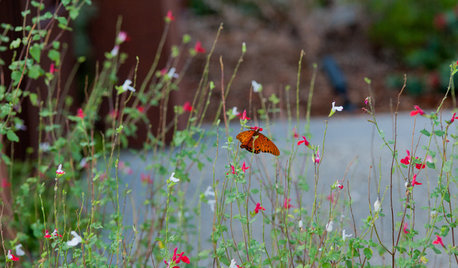
EARTH DAYCreate a Container Wildlife Habitat for Hummingbirds and Butterflies
Don’t let limited space prevent you from welcoming wildlife into your garden
Full Story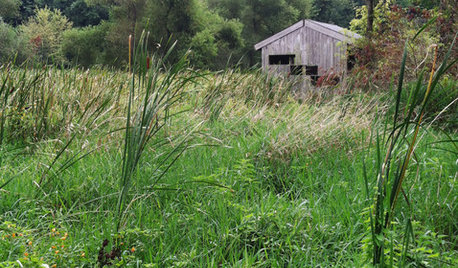
WINDOWSOpen a View to Your Backyard's Wildlife
Enjoy an eyeful of birds, deer, chipmunks and other creatures with natural outdoor habitats that include a hidden vantage point
Full Story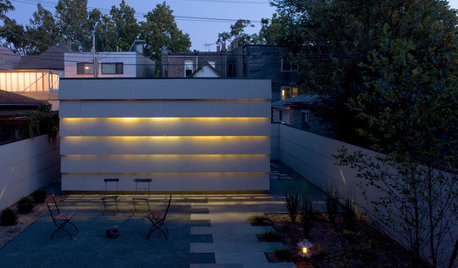
LIGHTINGWildlife-Sensitive Ways to Light a Coastal Landscape
Reduce harm to land and sea creatures by choosing the right light sources and placing them thoughtfully
Full Story
GARDENING AND LANDSCAPINGBe a Citizen Scientist to Help Wildlife, Learn and Have Fun Too
Track butterflies, study birds, capture stars ... when you aid monitoring efforts, you’re lending Mother Nature a hand
Full Story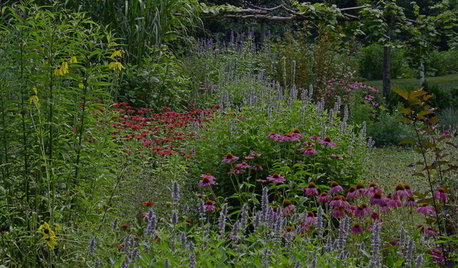
PLANTING IDEASGarden Design for Wildlife and Less Work
Looking to nature for inspiration can invigorate our suburban landscapes
Full Story
GARDENING FOR BUTTERFLIESBring on the Birds: Natural Habitat Ideas for Gardens of All Sizes
Provide nesting, watering and perching spots inspired by the Costa Rican jungle and watch the birds flock on over
Full Story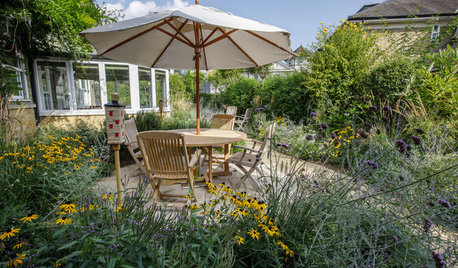
LANDSCAPE DESIGN4 Tips for Creating a Small Garden That Welcomes Wildlife
Win over birds, bees, butterflies and neighbors with these design strategies
Full Story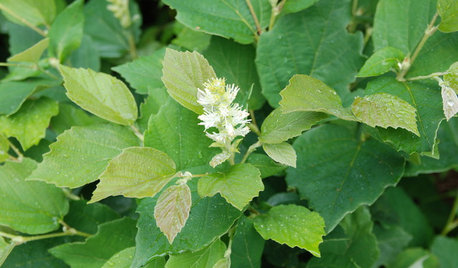
GARDENING GUIDESGreat Design Plant: Wildlife-Loving Dwarf Fothergilla Blazes in Fall
Its bottlebrush flowers attract bees and butterflies, while its stunning orange and scarlet foliage draws all who pass by
Full Story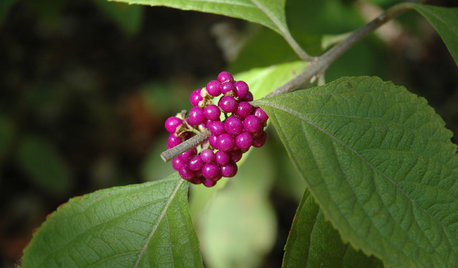
GARDENING GUIDESGreat Design Plant: Nourish Wildlife With American Beautyberry
The bright purple berries of Callicarpa americana feed winged beauties and make the Southeast U.S. native a fall garden standout
Full Story
GARDENING GUIDES6 Plants That Beat Butterfly Bush for the Wildlife Draw
It's invasive, a nonnative and a poor insect magnet. Check out these better alternatives to butterfly bush in the garden
Full StorySponsored
Custom Craftsmanship & Construction Solutions in Franklin County



jenny_in_se_paOriginal Author
vinelover
Related Discussions
Tall, sturdy plants to provide wildlife habitat
Q
Kind of quiet here...check out Habitat Day in MN
Q
Backyard Habitat fans?
Q
Wildlife Habitat Garden Tour Tulsa
Q
jenny_in_se_paOriginal Author
LindaMA
skippy05
jenny_in_se_paOriginal Author
october17
jenny_in_se_paOriginal Author
gordonhawk
jenny_in_se_paOriginal Author
VGtar
jenny_in_se_paOriginal Author
whytephoenix
Wendy_BC
jenny_in_se_paOriginal Author
jenny_in_se_paOriginal Author
Wendy_BC
Fallston_Flower_Lady
john_z
jenny_in_se_paOriginal Author
john_z
jenny_in_se_paOriginal Author
john_z
john_z
jenny_in_se_paOriginal Author
john_z
Cady
jenny_in_se_paOriginal Author
john_z
Cady
jenny_in_se_paOriginal Author
john_z
jenny_in_se_paOriginal Author
john_z
jenny_in_se_paOriginal Author
john_z
Cady
john_z
Cady
john_z
jenny_in_se_paOriginal Author
john_z
Cady
jenny_in_se_paOriginal Author
john_z
skippy05
Cady
jenny_in_se_paOriginal Author
Cady
LindaMA